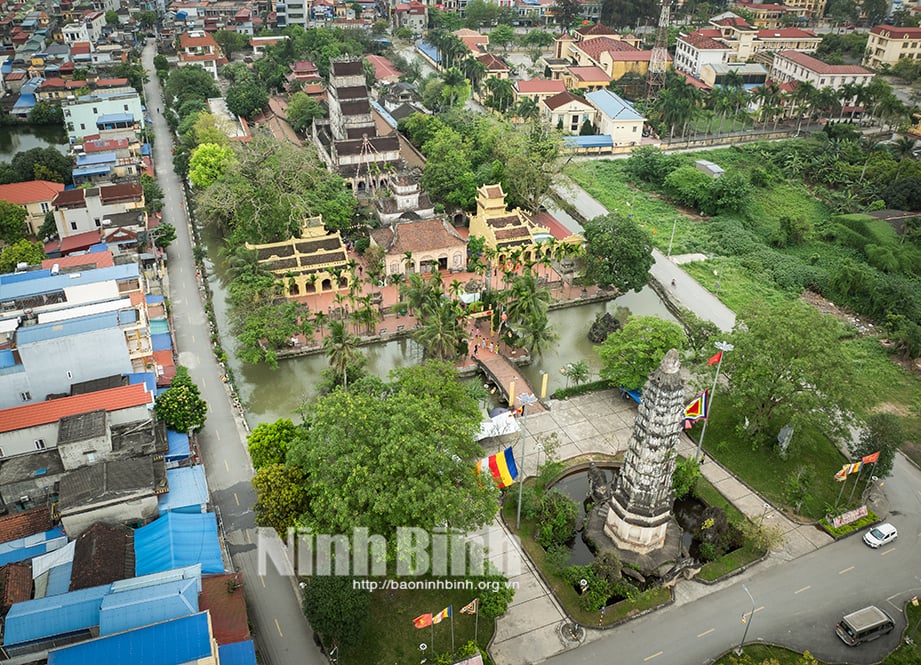
Unique architecture
“Coming to Co Le Pagoda, I was very impressed with the unique architecture of the pagoda. From afar, seeing the dome, I felt like I was standing in front of a European cathedral. But when I stepped inside, every detail was familiar, from the statues, the tiled roof to the quiet space of the Zen monastery, all purely Vietnamese” - tourist Nguyen Tat Son ( Hanoi ) shared.
Mr. Son's impression is also the common feeling of many people who first set foot in Co Le Pagoda. In the middle of a peaceful space, the pagoda appears with the intersection of Eastern architecture and Western Gothic lines. Each curved arch, brick wall, and colorful glass window frame reminds of the architecture of ancient European churches, but passing through the three gates, deep inside, the spirit of Buddhism and Vietnamese soul is clearly seen in the Buddha statues, dragons, blooming lotuses, ancient tiled roofs and the "Buddha in front - Saint in back" arrangement.
According to historical documents, the pagoda was built in the 12th century by National Master Nguyen Minh Khong, a famous Zen master of the Ly Dynasty. After many changes, in the early 20th century, Venerable Pham Quang Tuyen mobilized Buddhists and local people to renovate the pagoda. Without needing blueprints, without using cement or steel, he and the villagers created a structure that "will stand the test of time" with lime, molasses, paper, bricks and tiles...
The biggest highlight in the pagoda's architectural complex is the Nine-Piece Lotus Tower, a 32-meter-high tower located in the middle of a clear lake. The tower has nine rotating floors symbolizing the nine lotus floors of the Buddhist world. Notably, the entire structure is placed on the back of a giant stone turtle with its base deep in the lake, its head facing the main hall. Inside is a 64-step spiral staircase, symbolizing the 64 hexagrams of the I Ching, a subtle combination of Buddhism and Eastern philosophy.
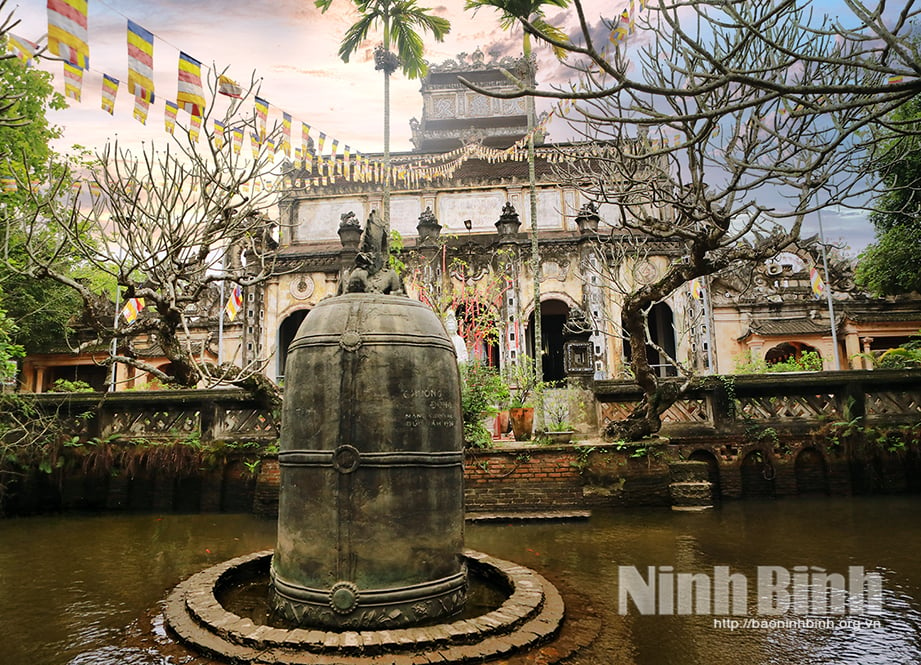
In the middle of the calm lake in front of the main hall, the 9-ton Dai Hong Chung bell is placed on a sturdy stone pedestal, becoming a unique detail in the architecture of Co Le Pagoda. The bell was cast in 1936, about 4.2 m high, 2.2 m in diameter, decorated with lotus motifs, flowers and Chinese characters. When the resistance war broke out, people were worried that the bell would be damaged, so they submerged it in the lake to protect it. In 1954, the bell was salvaged and placed back on the pedestal in the middle of the lake as a symbol to protect the pagoda. With its unique historical, cultural and architectural value, in 1988, Co Le Pagoda was ranked as a National Architectural and Artistic Relic. Since then, thanks to the donations and cooperation of the people, many items of the pagoda have been preserved and restored, preserving their original state.
Unique cultural heritage
For generations, Truc Ninh people have passed down the song: "No matter who trades in a hundred professions/ On the 14th of September, remember the Ong festival" to remind people of the traditional festival of their homeland. The Co Le Pagoda Festival is held from the 13th to the 16th of the 9th lunar month every year, on the occasion of the birthday of Saint Nguyen Minh Khong. This is a big festival with strong imprints of Northern folk culture, recognized by the Ministry of Culture, Sports and Tourism as a National Intangible Cultural Heritage in 2023.
The festival consists of two parts: ceremony and festival. The solemn ceremony includes rituals of bathing, dressing, carrying the palanquin of the Ancestor from the ancestral temples of the five major families (Duong Nhat, Nguyen, Phan, Le, Duong Nhi) to the pagoda, carrying the palanquin of the Holy Ancestor and the Mother Goddess, worshiping male and female officials, carrying flags, offering incense and giving thanks. The most prominent is the ritual of dry puppetry in the evenings at the Buddha Temple, performed by descendants of the two branches of the Nguyen family. The puppet statues consist of 9 Saint heads with many nuances, moving to the rhythm of gongs, gongs and drums. The dance movements create Chinese characters such as "Thanh cung van tue", "Thien ha thai binh "... with the meaning of praying for national peace and prosperity, and bountiful harvests.
The festival is bustling with many folk games, especially the rowing festival on the 2.5km long river from Co Le village to Cat Chu village. Each team consists of 16 people, competing in 4 laps with a total distance of 10km. The sound of wooden fish, drums and cheers resound through the river. Rowing shows the martial spirit and recalls the legend of the Holy Father teaching people to fish along the river.
The Co Le Pagoda Festival is an opportunity for descendants from near and far to reunite and reconnect with their neighbors. Through rituals and folk games, the festival fosters community solidarity, reminds people to “remember the source of the water they drink”, and to remember the merits of their ancestors and other meritorious predecessors.

Comrade Vu Manh Cuong, Chairman of Co Le Commune People's Committee said: "We focus on promoting cultural values by linking relics and festivals with traditional education, developing spiritual tourism and building grassroots cultural life. The Co Le Pagoda Festival being included in the list of National Intangible Cultural Heritage is both an honor and a responsibility for the government and people to continue to preserve, pass on and spread the heritage values to future generations."
Legend of "Taking off the monk's robe and putting on the armor"
“Take off the cassock, put on the armor/ Unsheathe the sword, pick up the gun, kill the soldiers/ Go forth determined to avenge the country/ Forget yourself for the sake of righteousness, give your blood”. Those four resounding verses were the vows of the monks at Co Le pagoda during the farewell ceremony to join the resistance war against the French colonialists on February 27, 1947. This heroic event of “taking off the cassock, putting on the armor” has become an immortal legend in Co Le land. In the pagoda yard that year, Venerable Thich The Long, Abbot of Co Le pagoda, presided over a special ceremony to send off the monks and nuns to the world. 27 monks (including 2 nuns Dam Nhung and Dam Lan) wore brown robes, barefoot, bareheaded, lined up neatly in front of the main hall. When the shout “Put on the hat” rang out, the guard hats were handed to them, the monks and nuns simultaneously took off their cassocks, officially becoming soldiers of the National Defense Army. Immediately afterwards, the representative of Regiment 34 handed out weapons to each person. The special troops marched out to the sound of the song “Marching on the road, to the battlefield” echoing throughout the temple yard.
From the ancient pagoda, the monks and nuns of Co Le wrote a golden page of history, ready to sacrifice themselves to protect the Fatherland. During the two resistance wars against the French and the Americans, Co Le pagoda had a total of 35 monks and nuns volunteering to go to war. Of these, 12 heroically sacrificed themselves and were posthumously awarded the title of martyrs by the State; many others later became high-ranking officials in the Army and the Vietnam Buddhist Sangha.
In 1999, on the occasion of the 52nd anniversary of the traditional day of “Co Le Buddhist Martyrs”, the pagoda built a solemn memorial, becoming a place to educate the younger generation about tradition. Venerable Thich Tam Vuong said that this is a unique feature of the Co Le Pagoda festival: “Every year, on the occasion of the festival, the pagoda, together with the local government and people, organizes an incense offering ceremony to pay tribute to the “brown-robe martyrs” who sacrificed their blood and bones for the independence and freedom of the nation. This is a way for us to educate the next generation about the spirit of engagement: Buddhism always accompanies the nation”.
Ms. Luong Thi Huyen, Principal of Co Le Secondary School, said that every festival season, the school organizes for students to attend the incense offering ceremony: “Students are proud to know that in their homeland there are heroic monks. After each festival, we guide them to write an essay about their hometown’s relics and festivals, thereby fostering their love and awareness of preserving the nation’s cultural heritage.”
Sharing the same view, teacher Nguyen Sy Hiep, Principal of Dao Su Tich Secondary School, Co Le Commune said: "We consider extracurricular lessons at Co Le Pagoda as an opportunity for students to directly interact with heritage, thereby arousing the spirit of gratitude to previous generations and fostering awareness of cultural preservation in today's life."
In fact, Co Le Pagoda is a place where many layers of historical and cultural sediments converge. From an ancient temple with unique architecture, to a traditional festival imbued with identity and the legend of monks wearing military uniforms, all create a unique value for the land of Co Le. Co Le Pagoda silently but persistently preserves the spiritual flame, the traditional soul, like a solid witness amidst many changes. And then from that mossy tiled roof, morality and heritage continue to be passed down to future generations.
Source: https://baoninhbinh.org.vn/chua-co-le-noi-hoi-tu-huyen-tich-va-gia-tri-van-hoa-dan-524110.htm


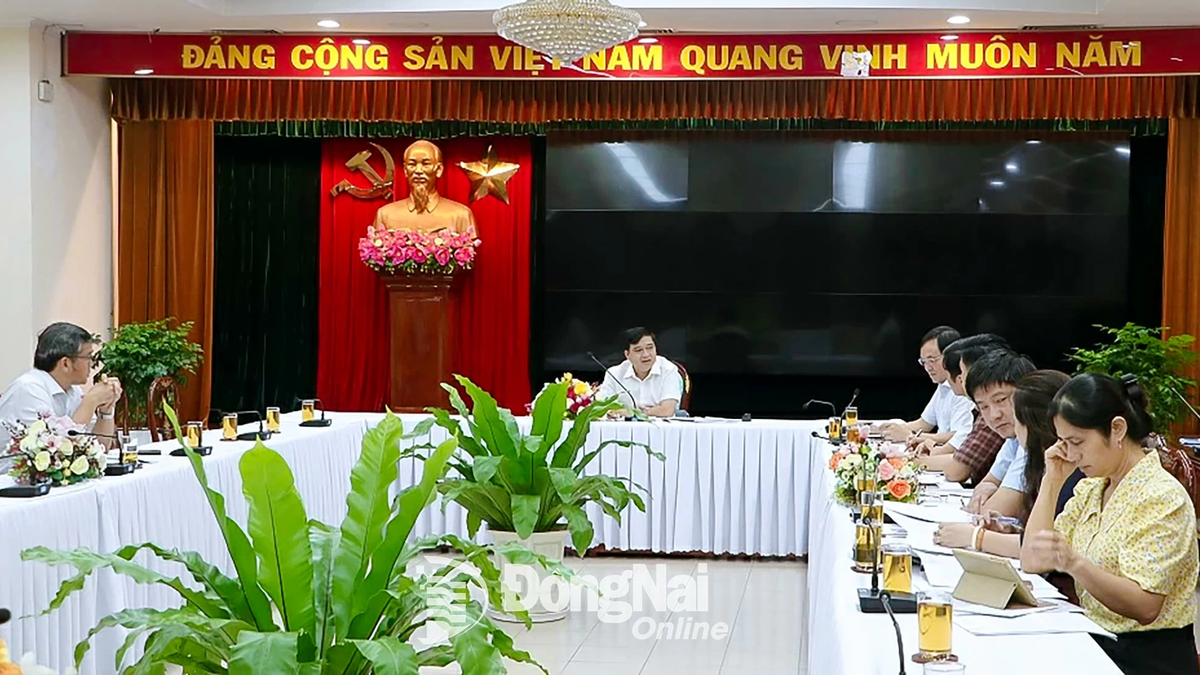
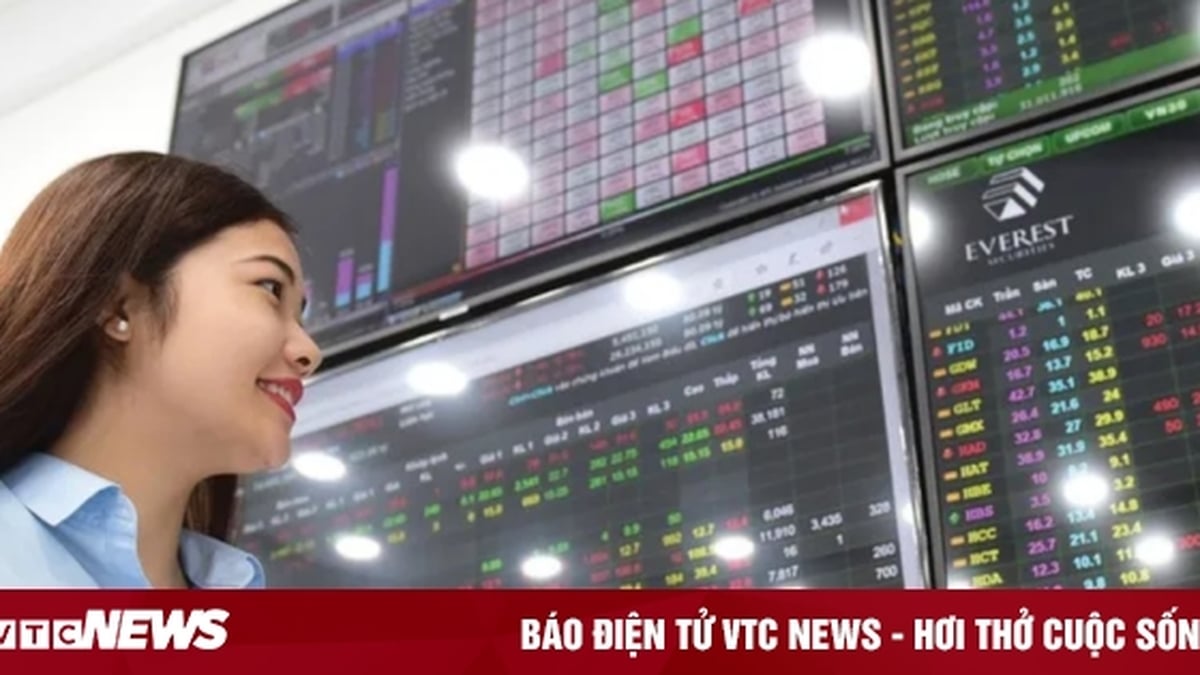

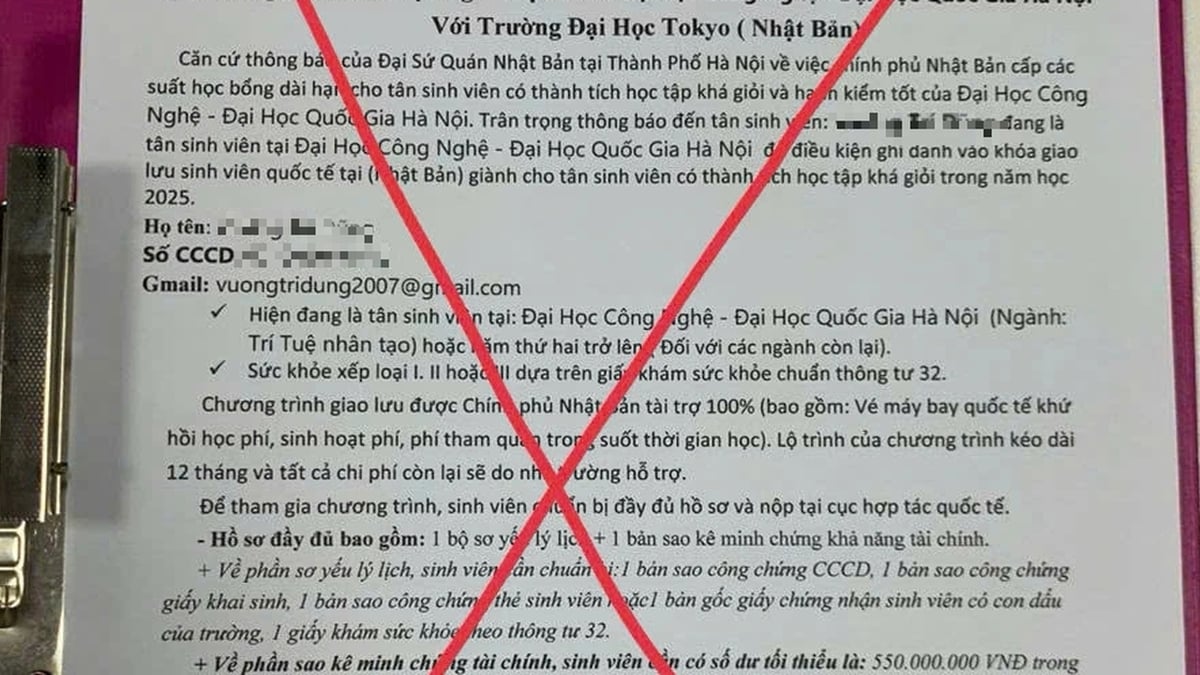
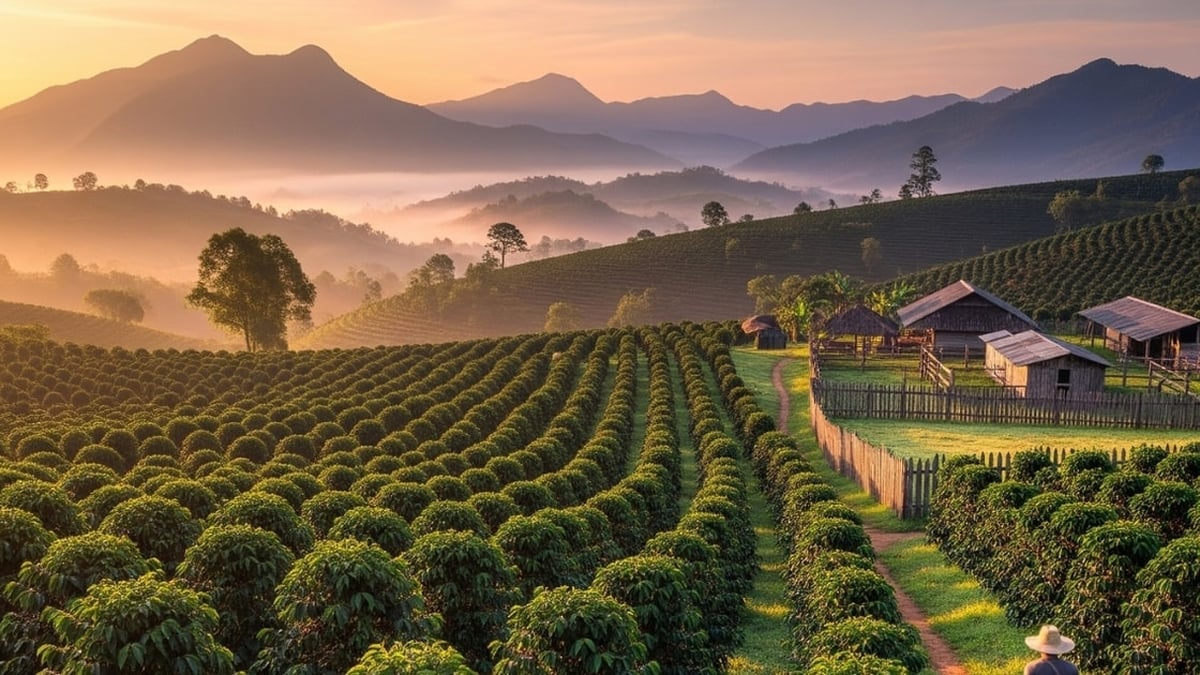
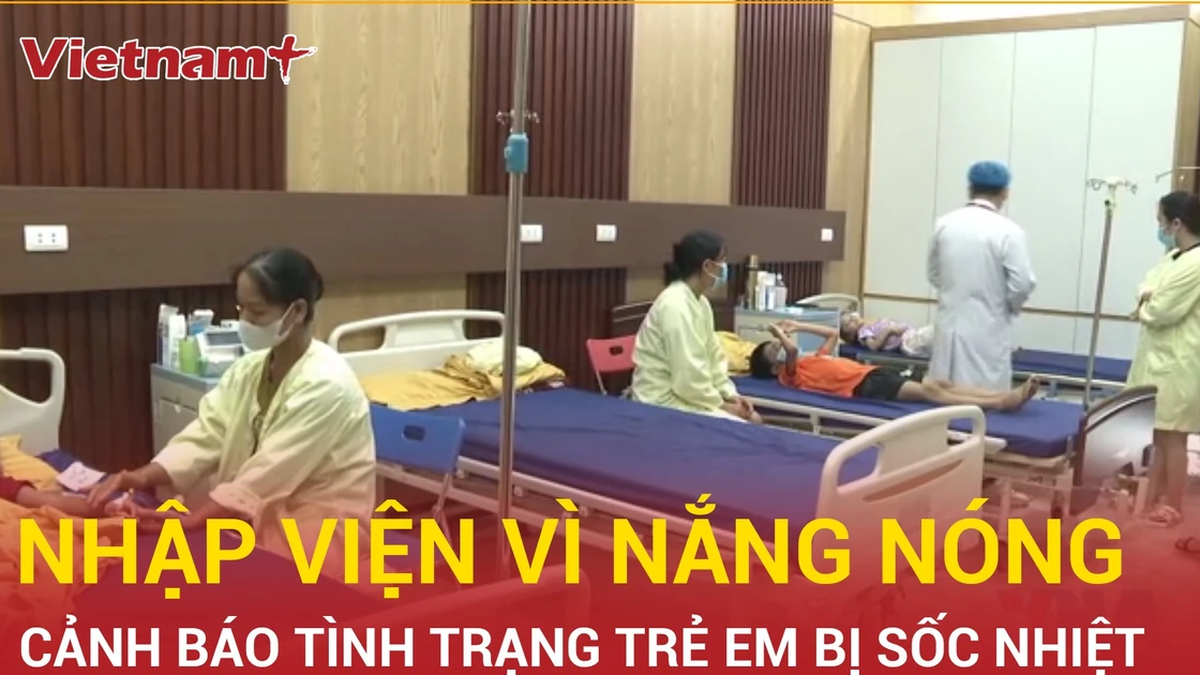
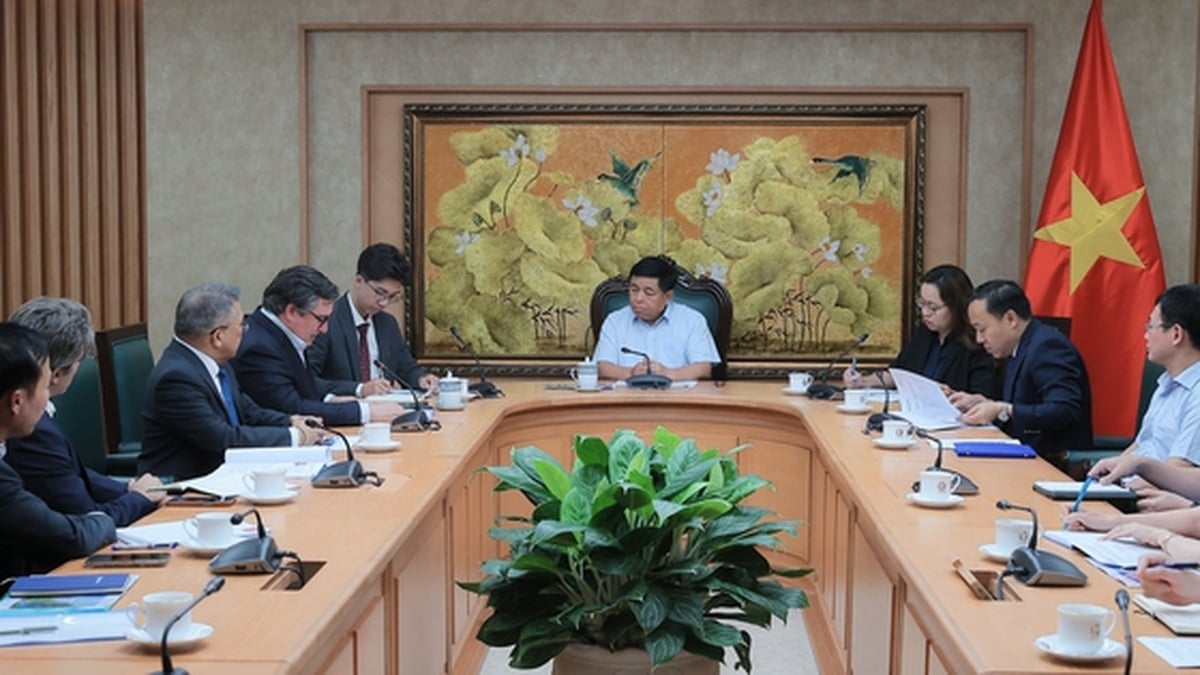


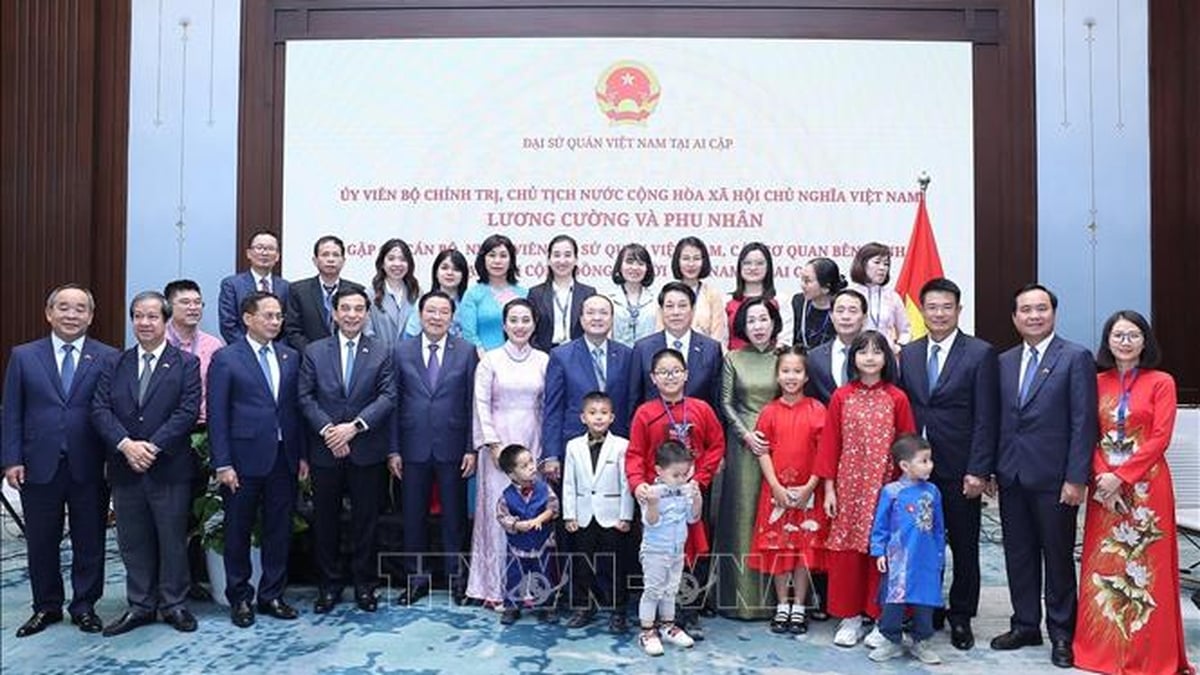









































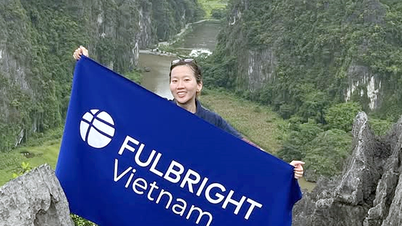












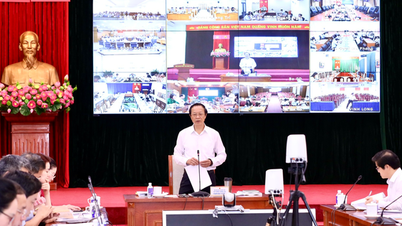
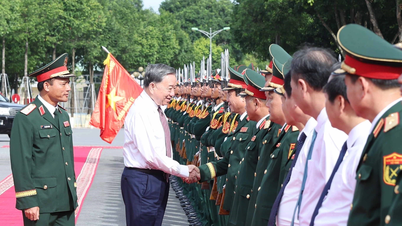
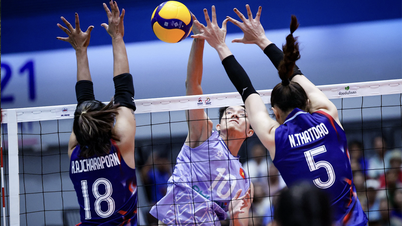


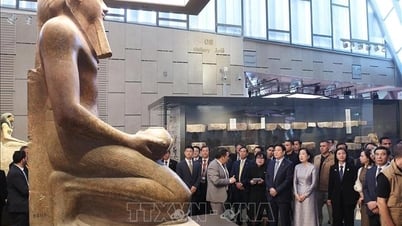

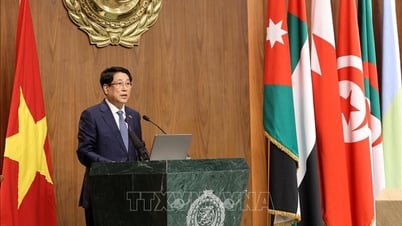
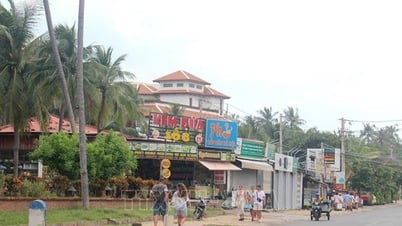

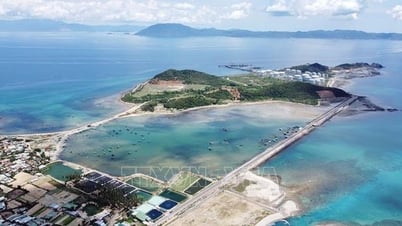



















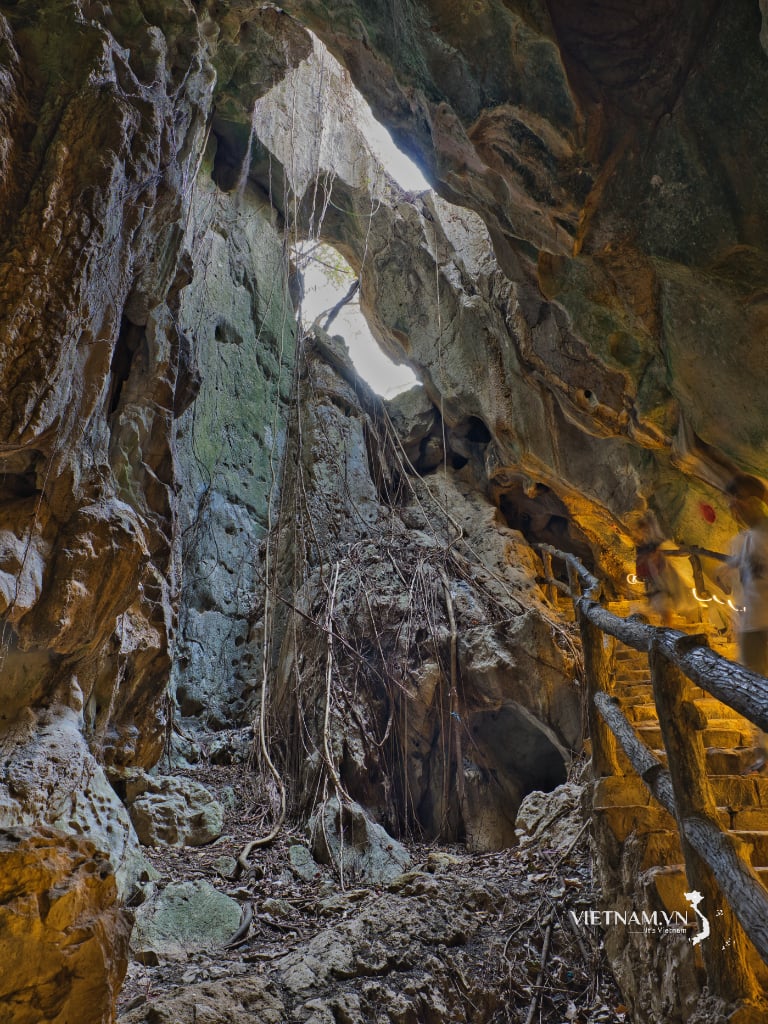
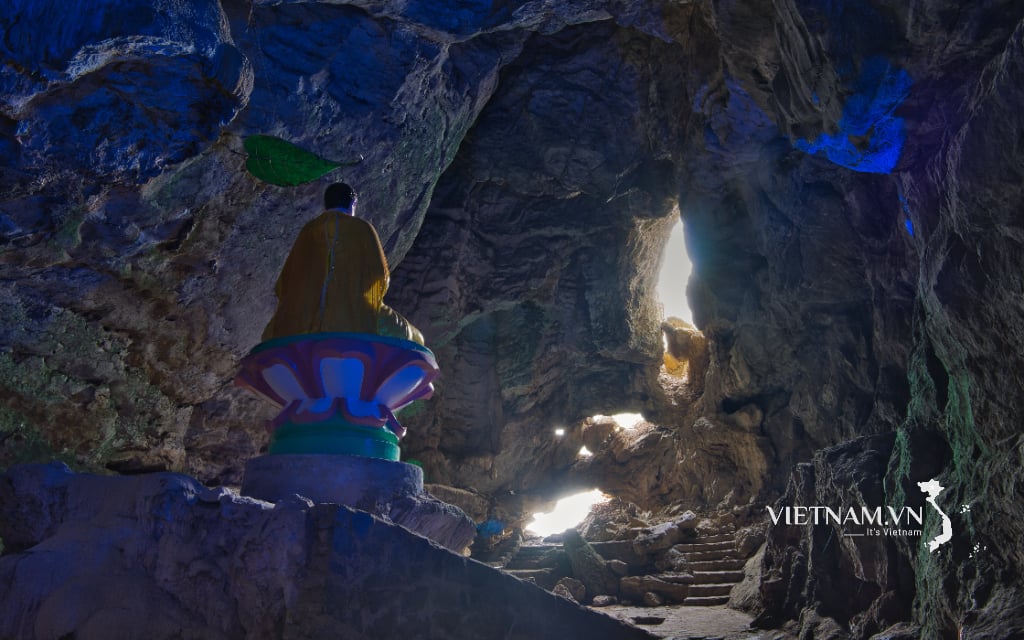

Comment (0)